The haunting melodies of the aulos, a double-piped reed instrument, once echoed through the sacred groves and frenzied rituals of ancient Greece. Unlike the serene lyre associated with Apollo, the aulos was the chosen instrument of Dionysus, the god of wine, ecstasy, and unbridled desire. Its piercing, reedy tones were said to mimic the cries of maenads—the god’s female devotees—as they danced themselves into trances, tearing apart animals (and, according to some myths, even men) with bare hands. This was no mere musical tool; it was a conduit for divine madness, a sonic key unlocking the gates of primal abandon.
Carved from bone, wood, or ivory, the aulos was deceptively simple in construction. Two separate pipes, each with its own reed mouthpiece, allowed for intricate harmonies and dissonances. Players used circular breathing to sustain its hypnotic drone, a technique that mirrored the relentless, cyclical nature of Dionysian rites. The instrument’s physicality was inseparable from its symbolism: the dual pipes evoked both unity and duality, much like Dionysus himself—a god who embodied the paradox of joy and destruction, civilization and savagery. To play the aulos was to channel contradiction, to give voice to the chaos lurking beneath the polished surface of Greek rationality.
Historical accounts describe how the aulos dominated the Anthesteria, Athens’ three-day festival honoring Dionysus. As wine flowed freely, the streets throbbed with the instrument’s insistent rhythms, driving participants into collective euphoria. Philosophers like Plato distrusted its power, warning that such music could unravel the soul’s discipline. Aristotle, however, recognized its cathartic potential, arguing that the aulos’ wild melodies allowed worshippers to purge repressed emotions. This tension between fear and reverence underscores a deeper truth: the aulos was never just an instrument. It was a social lightning rod, exposing the Greeks’ ambivalence toward the forces of ecstasy and disorder.
Modern reconstructions of the aulos reveal its startling versatility. Unlike the flat, nasal tones often imagined, skilled players could produce a range of sounds—from keening wails to guttural growls—that seem to defy the limits of ancient acoustics. Recent experiments with replica instruments suggest that the aulos might have employed microtones and dissonant intervals, creating a soundscape deliberately designed to disorient. This aligns with descriptions of maenads who, under its spell, claimed to hear the god’s voice whispering through the reeds. The aulos didn’t just accompany ritual; it became the ritual, a living presence blurring the line between musician and medium.
Yet the aulos’ legacy is fraught with irony. By the Hellenistic period, it had been sanitized into a courtly instrument, its Dionysian edges softened for polite symposia. Roman mosaics depict tame, almost pastoral scenes of aulos players, a far cry from the instrument’s orgiastic origins. Even its association with Dionysus faded, replaced by a more generic connection to revelry. This domestication speaks volumes about how cultures neutralize what they cannot control. The aulos’ journey from sacred terror to entertainment mirrors humanity’s perpetual struggle to reconcile ecstasy with order—a struggle as relevant today as it was in the vine-covered hills of ancient Thebes.
Archaeological finds continue to reshape our understanding. A 2022 study of aulos fragments from Macedonia revealed traces of hallucinogenic compounds on the mouthpieces, hinting that players might have ingested psychoactive substances to intensify their connection to the divine. Meanwhile, contemporary musicians are resurrecting its raw power in avant-garde performances, using extended techniques to approximate the sonic delirium described in ancient texts. The aulos endures not as a relic, but as a challenge—an invitation to confront the wild, untamed parts of ourselves that civilization so often tries to silence.
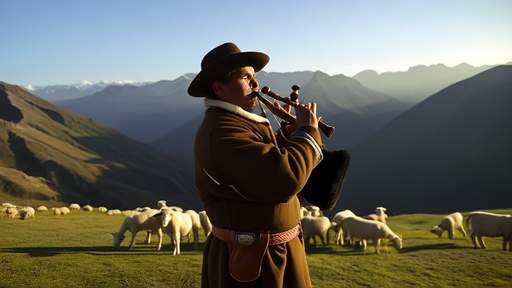
By /Jun 6, 2025
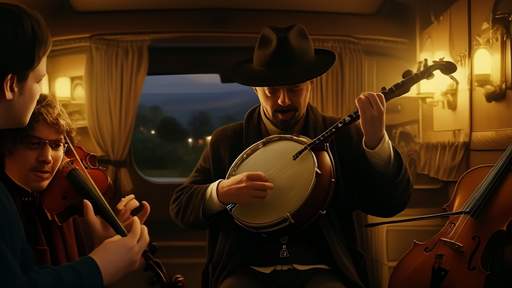
By /Jun 6, 2025

By /Jun 6, 2025

By /Jun 6, 2025
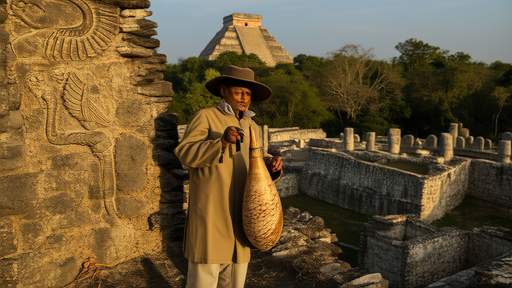
By /Jun 6, 2025
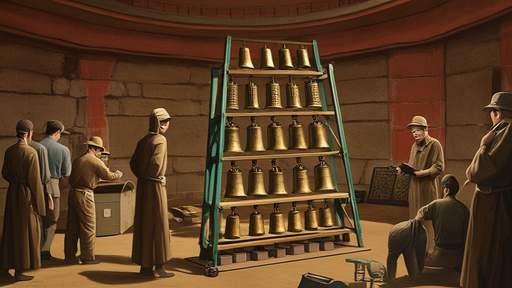
By /Jun 6, 2025

By /Jun 6, 2025

By /Jun 6, 2025

By /Jun 6, 2025
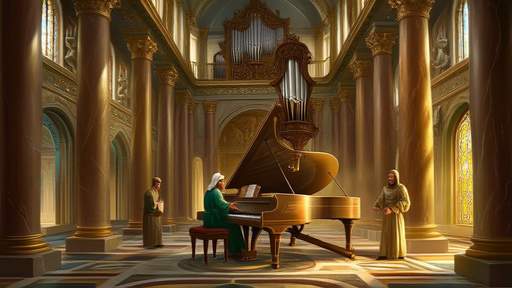
By /Jun 6, 2025
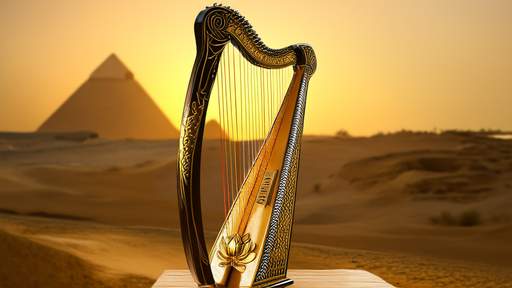
By /Jun 6, 2025

By /Jun 6, 2025
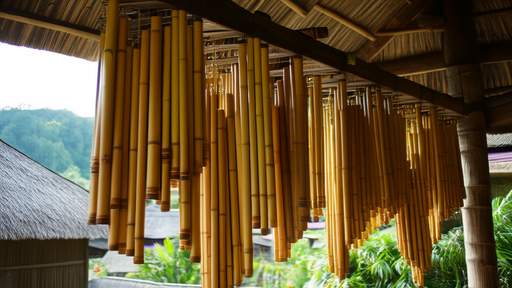
By /Jun 6, 2025
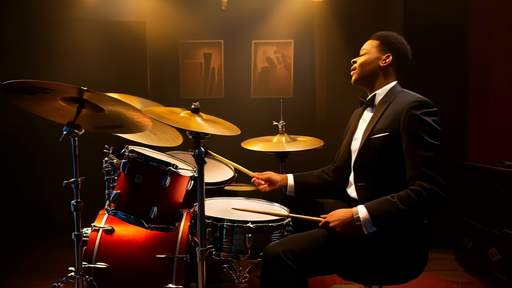
By /Jun 6, 2025
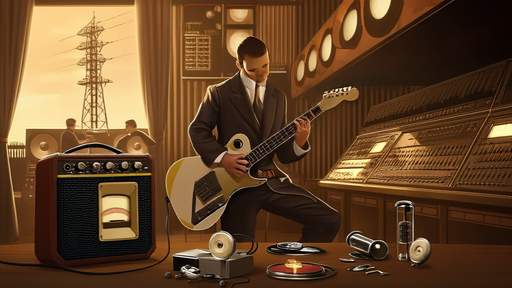
By /Jun 6, 2025
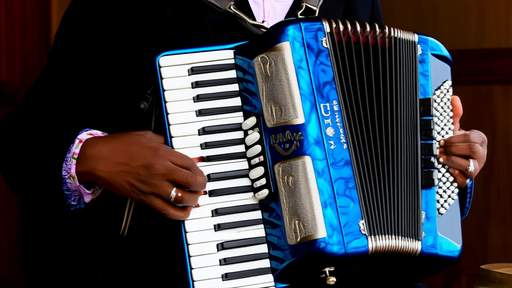
By /Jun 6, 2025
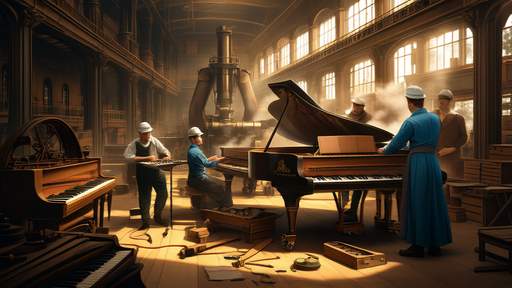
By /Jun 6, 2025
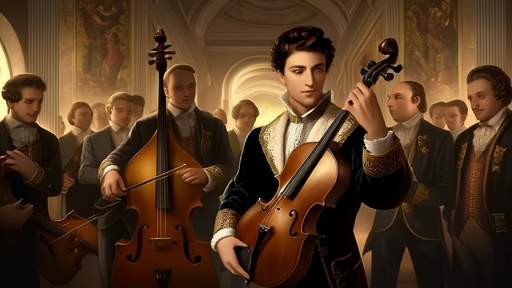
By /Jun 6, 2025
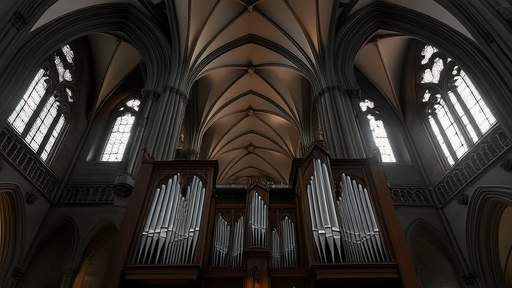
By /Jun 6, 2025
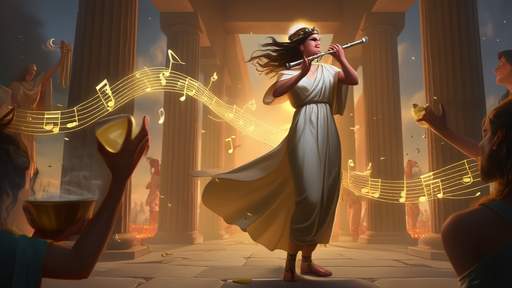
By /Jun 6, 2025